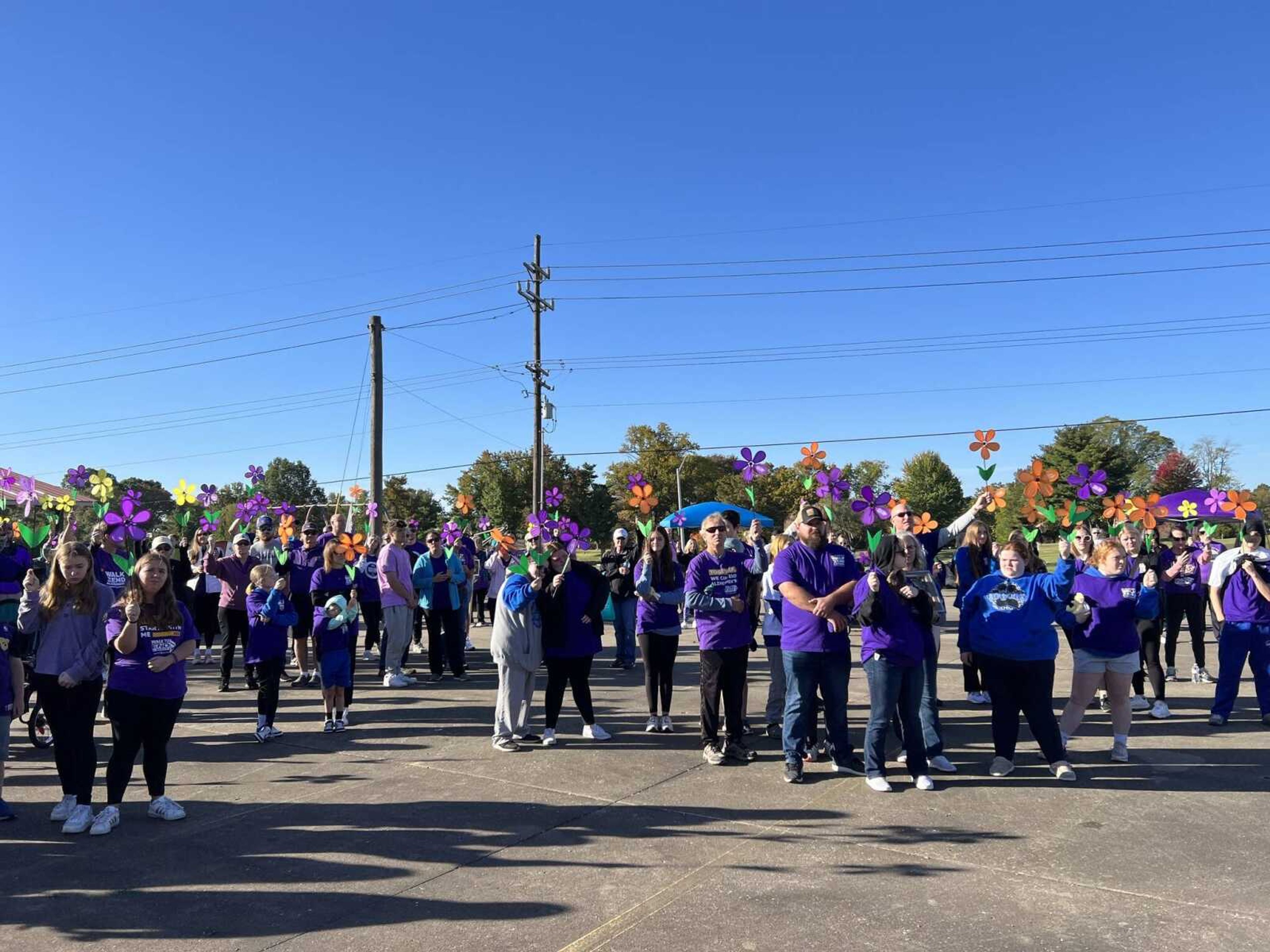Paths to Health: Recognizing and healing from trauma
The first step to healing trauma can be practicing self-compassion. It’s something Southeast Behavioral Hospital intake director and former therapist Amy Turnbull-Drilingas shares as one of the steps in moving toward healing trauma. As conversations regarding mental health have recently expanded, she says, more individuals are willing to explore and heal trauma in their past...
The first step to healing trauma can be practicing self-compassion.
It’s something Southeast Behavioral Hospital intake director and former therapist Amy Turnbull-Drilingas shares as one of the steps in moving toward healing trauma. As conversations regarding mental health have recently expanded, she says, more individuals are willing to explore and heal trauma in their past.
“I think more people are willing to be curious about their experiences, especially when it comes to childhood trauma,” she says.
Trauma often manifests in daily life after experiencing a distressing event. Individuals might notice themselves avoiding certain areas or situations, experience changes in mood and feel hyperaware of their surroundings in specific settings.
From the outside, it might be difficult for friends or family members to recognize signs of trauma — especially if it’s long-term, complex trauma. Turnbull-Drilingas says to be conscious of loved ones who might seem to be struggling more than usual or withdrawing from social events, especially after a negative event in their life.
“Trauma is an emotional reaction to a negative event,” Turnbull-Drilingas says. “[It can be caused by] a soldier going away to war and experiencing wartime atrocities. It can be something as commonplace as experiencing a car crash or losing a loved one. It just really depends on the person on how it affects them. … It keeps a lot of people stuck in that same emotional response for a long period of time.”
Responses to trauma can differ based on the type of trauma, Turnbull-Drilingas says. Trauma generally isn’t classified; as it is caused by different events and manifests in different ways unique to each person, creating rigid definitions or placing people into boxes might cause more harm than good.
Certain language can help to describe traumatic experiences, however; in one example, Turnbull-Drilingas says individuals might experience intergenerational trauma from negative, repeated experiences in family units.
“Trauma in childhood, especially when it occurs within the family bubble, can be something we grow up thinking, ‘Everyone’s family is like this. It isn’t good or bad, this is just how families work,’” she says. “There’s been a lot more conversations now of, ‘No, what happened during your childhood was not OK, was not normal and not your fault.”
First responders, doctors, nurses and the general public might also be experiencing collective trauma from navigating uncharted waters during the COVID-19 pandemic, Turnbull-Drilingas says.
Trauma recovery coach Will Wissmiller adds trauma can be an absence of something, as well. Children may experience trauma from emotional neglect, without the child experiencing physical abuse.
Recognizing the signs of trauma helps to connect individuals with mental health resources.
Something as simple as a conversation with the person can be the first step to recognizing trauma. As stigma surrounding mental health has decreased, Turnbull-Drilingas says more people may feel comfortable discussing their experiences with trauma and emotional distress.
Music therapist Kelly Pujol says instruments can be unique in healing mental health conditions. While she works primarily with individuals experiencing developmental disabilities at Easter Seals Midwest Autism Services, Pujol says music therapy has wide benefits for trauma, as well.
“In most populations, the real benefit comes from how music is processed in the brain,” she says. “There are certain regions of the brain, where at the moment, they’ve figured out in a lab that the only thing that’s able to activate that region is music.”
Guided therapy with music is unique in the way the brain processes it, she says. It activates both right and left hemispheres of the brian, allowing for activity in the entire brain. In her work, she chooses instruments such as guitars, pianos, drums and handheld percussion instruments. In addition, patients may utilize digital programs such as Garage Band. Some patients may benefit from certain types of instruments more than others — high-pitched instruments may be difficult for those with audio sensitivities.
Most music therapists can be found at behavioral health hospitals or similar care centers, Pujol says.
Wissmiller believes in a highly personal road to recovery; as each person is different in their response to traumatic events, recovery will be unique to each individual. Beyond music therapy, other patients might benefit from yoga or mindfulness, he says. In his own trauma healing, Wissmiller says NeuroAffective Touch has been incredibly powerful.
This somatic therapy incorporates the nervous system and body through targeted touch on the patient’s body. Wissmiller says the physical body is closely connected to mental health.
When working with clients, Wissmiller says he engages in peer-to-peer coaching and individualized trauma recovery. He also leads classes for other trauma coaches, gives feedback and supervises students being trained as coaches.
There’s no easy or quick fix to healing, he says.
“There’s no magic pill,” he says. “Everybody’s recovery is going to look different. Every human being is different, and every nervous system is different.”
While the effects of trauma may linger for years, through these methods, individuals can find new ways to heal through the hurt and live a life of freedom and self-compassion.
Connect with the Southeast Missourian Newsroom:
For corrections to this story or other insights for the editor, click here. To submit a letter to the editor, click here. To learn about the Southeast Missourian’s AI Policy, click here.










